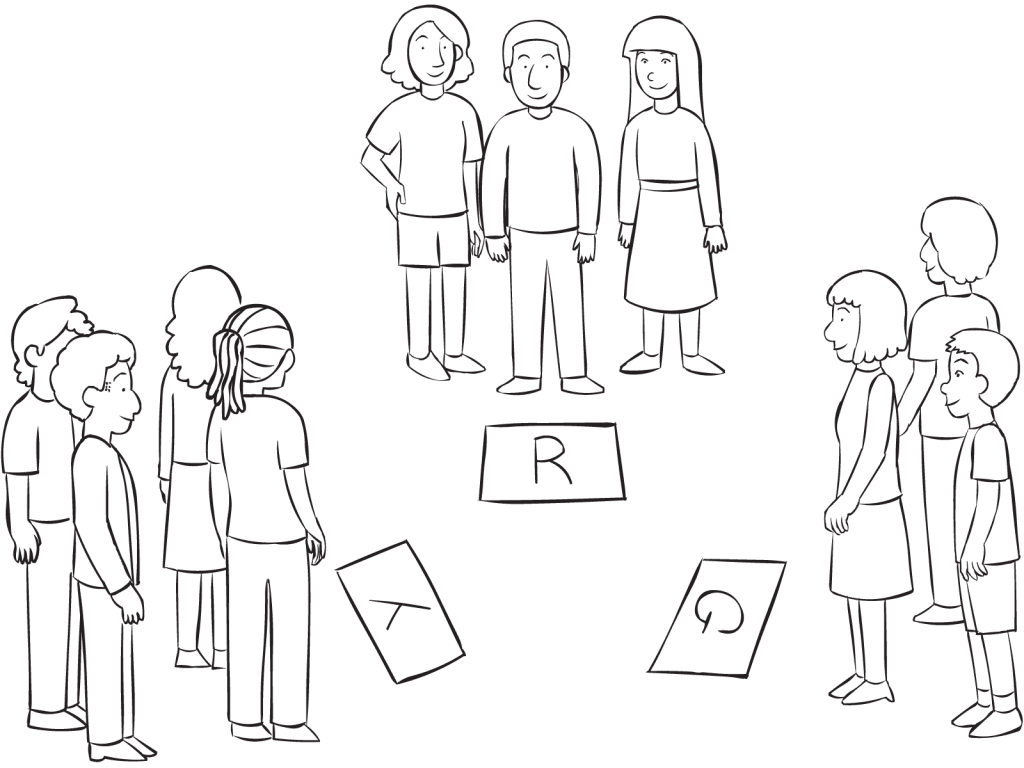Save to Playlist
Step-by-Step Instructions
Resources Premium
Video Tutorial Premium
How To Play Narrative Premium
Practical Leadership Tips Premium
Social-Emotional Learning Premium
Health & Wellness Programming Premium
Popular Variations Premium
Virtual Adaptation Premium
You Might Also Like... Premium
Useful Framing Ideas Premium
Program Templates Premium
Source Premium

No Props No Problem
Brand NEW book featuring 150+ outrageously fun group games & activities. Scan QR codes to connect to tons of digital content including video tutorials.
Add to Cart
NEW – No Props No Problem
The best-selling book featuring 150+ outrageously fun group games & activities. Scan QR codes to access exclusive digital content including video tutorials.

Free Ice-Breakers & Group Games
Ten of the best no-prop, interactive ‘get-to-know-you’ games & activities. 100% fun, your group will love ’em. Our most successful giveaway, 10,000+ downloads so far…
Top Ten Icebreakers & Group Games
Download our free 28-page ebook jam-packed with outrageously fun activity ideas.
Just one more question:
I am interested in…
Choose a plan that’s right for you
We offer a range of membership plans with no surprises.
Click an option below & discover our simple pricing.

Individual
Click here if you’re a:
- Teacher
- Corporate trainer
- Outdoor educator
- Camp leader
- Youth leader
- Conference organiser
- Therapist/counsellor
Membership Plans

Enterprise
Click here if you represent a:
- School
- Corporation
- Community-based Organisation
Explore plans for
10, 50, 200 or more
potential users
Membership Plans






I really like this approach and would use this in the middle of an initiative session for example. Rather than it being a free for all opportunity, this presents to be a less confrontation way of communicating as little groups get to explore their thoughts on things.. It also allows people the space to make a choice on their thoughts without having to necessarily voice them to the whole group initially.
Great way of exercising persuasive communication skills as well as actively listening skills.
Variation or extension could be that people could reassess where they stand after their conversations in their little groups as their views or perspectives may have shifted.
There is also the opportunity for the colour groups to present their perspective to the wider group as well to round that up before continuing with a challenge for example.
Yes, David, inviting people to move or shift their initial preference after having a conversation with others is a wonderful visual way to demonstrate change or progress.